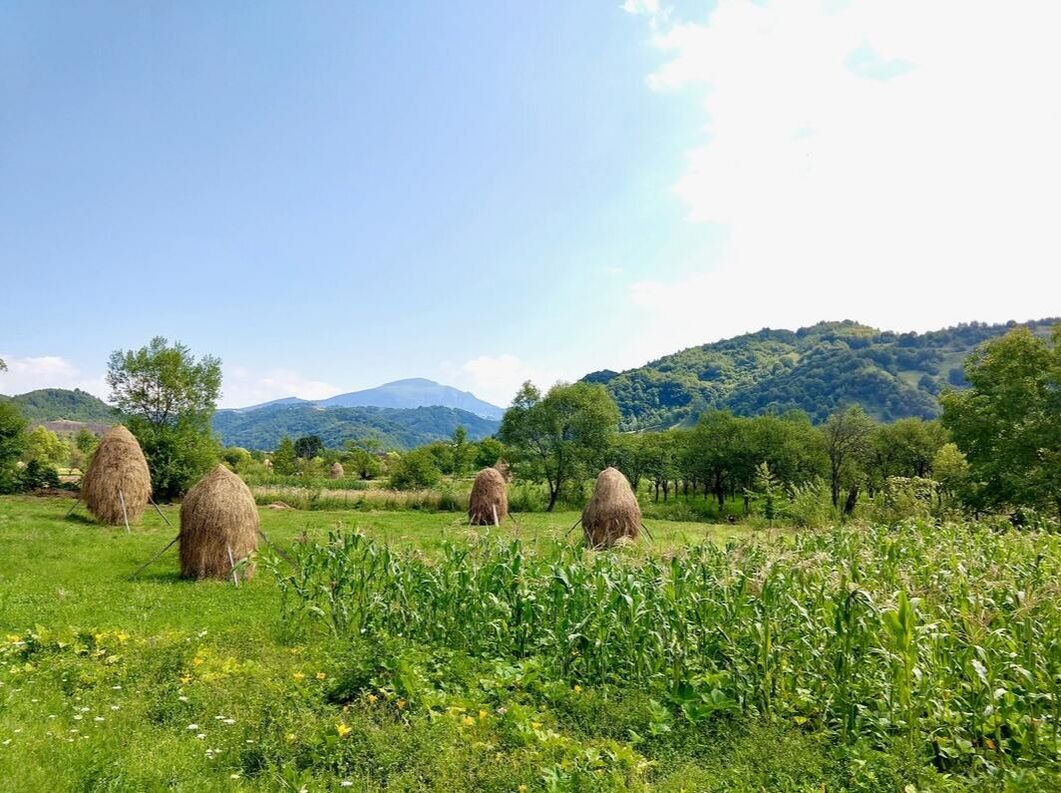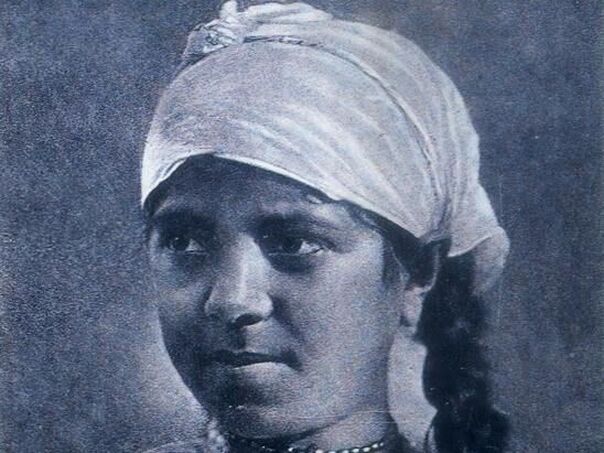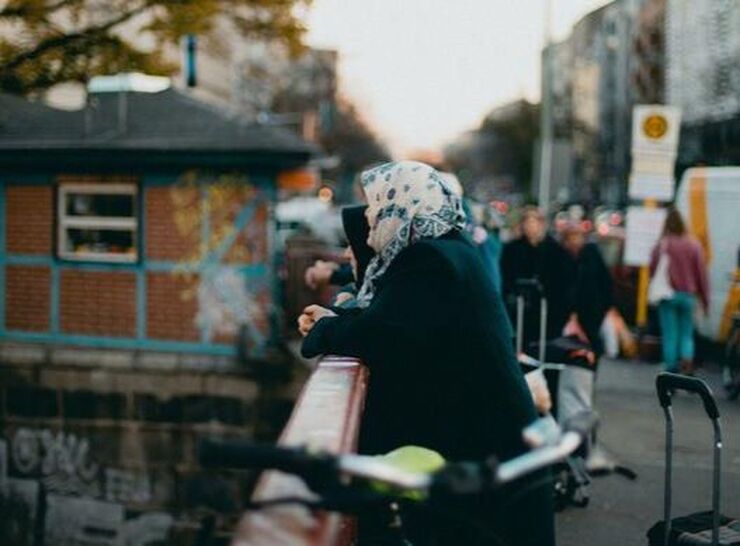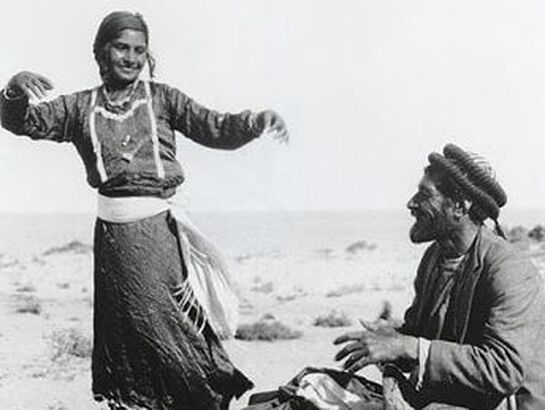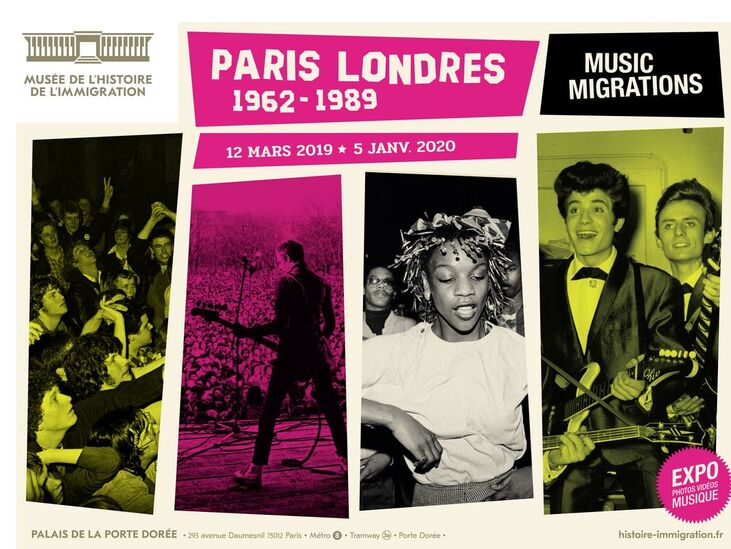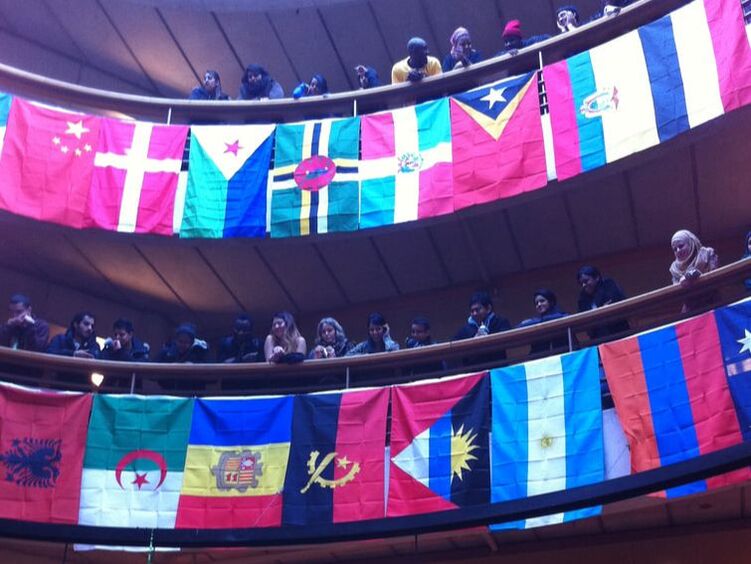|
|
|
Romania has several multicultural regions, including the Banat in the southwest. During its time as part of the Habsburg and Austro-Hungarian Empires (1718-1918), cultural influences and economic developments from the West (German, Austrian, and Hungarian) made it an attractive destination for migrants. This continued after the Trianon Treaty and Romanian unification in 1918, as Banat was economically advanced compared to other regions to the East and South. Rapid industrialization and urbanization under the communist regime (1947-1989) and the subsequent removal of restrictions on movement in the early post-communist period also saw steady internal migration patterns.
Despite this long history as a recipient of migrants and cultures, the sense of nativism and place belonging is strong among Banateni. Proximity to Central Europe also led to a sense of discrimination, as Both noted, a Banat resident ‘would better prefer a German, Serbian or Hungarian than a migrant non-Banat Romanian’ in their village. In our recent Identities article, ‘Internal migration and stigmatization in the rural Banat region of Romania’, we attempted to uncover attitudes towards internal migrants and how these were understood by migrants themselves in rural Banat.
0 Comments
In the comedy special ‘His Dark Material’, Jimmy Carr joked about the Roma Holocaust:
‘When people talk about the Holocaust, they talk about the tragedy and horror of 6 million Jewish lives being lost to the Nazi war machine. But they never mention the thousands of Gypsies that were killed by the Nazis. No one ever wants to talk about that, because no one ever wants to talk about the positives.’
Carr’s joke has sparked widespread outrage – yet some voices have defended it as ‘gallows humour’. Back in 2017, the author Alexandra Erin, in a Twitter thread on comedy, wrote ‘If the person on the gallows makes a grim joke, that’s gallows humor. If someone in the crowd makes a joke, that’s part of the execution.’ And here, Carr wasn’t speaking from the gallows; those on the gallows are in fact, one of the most oppressed and discriminated against groups to this day: the Roma, and within the scope of the joke, the European Roma and Sinti targeted in the Holocaust.
In the aftermath of the 2016 attempted coup against the Erdoğan government in Turkey, several hundred Turkish-Dutch citizens took to the streets in the Netherlands. Some protesters harassed a journalist documenting the protests. Prime Minister Mark Rutte responded by telling the demonstrators to ‘piss off to Turkey’. This statement exemplifies how Turkish-Dutch citizens, born and raised in the Netherlands, can be scrutinised and quizzed about their loyalty and the extent of their integration. When they express deviant behaviour or political views in the eyes of the majority, they are considered ‘Turks’ or ‘Muslims’ only, which is not reconcilable with being ‘Dutch’. Politicians often understand Dutchness in a culturalised way, in which progressive ideals such as gender equality, sexual liberty and democracy are considered to be important signifiers of Dutchness. This frame creates a contrast between progressive ‘natives’ and ethnic minority citizens, who are othered as backwards, not sharing these progressive values.
How do Turkish-Dutch Muslim young adults deal with such stigmatisation? This is the question we raise in our Identities article, ‘Claiming the right to belong: de-stigmatisation strategies among Turkish-Dutch Muslims’. Investigating de-stigmatisation strategies by Turkish-Dutch youngsters contributes to understanding processes of belonging, social inequality and ethnic boundary-making. Stigmatised individuals can contest and rephrase their position, bringing about social change and upsetting existing social categories. To explore de-stigmatisation, we interviewed 25 Turkish-Dutch, Muslim young adults and conducted ethnographic observations in two youth groups.
The fact that some second-generation immigrants were involved in the brutal terror attacks in major European cities such as in Paris in 2015 and Brussels and Munich in 2016 exacerbated xenophobia among politicians and the broad public. These terrible incidents increased scholarly interest in the integration of second-generation immigrants further, and heightened anti-immigrant and anti-Islamic sentiments across Europe and far-right.
In addition to the terror attacks, economic restructuring and growing poverty amongst the working-class have also resulted in the rise of far-right in Germany. This has become visible with the Patriotic Europeans against the Islamisation of the West (PEGIDA) movement and strengthening of the Alternative For Germany (AFD). In this regard, the host society often tends to relate the Turkish second generation's social and economic disintegration to marginalisation and ‘Islamisation’. In such a context, studying the stigmatisation of ethnic minorities and immigrant groups reveals discrimination, stratification and ethnic boundaries. Along similar lines, the destigmatisation strategies of minorities, how they respond to the majority to maintain their dignity, achieve recognition and invest in their integration, are equally revealing. My Identities article, 'Disadvantaged, but morally superior: ethnic boundary making strategies of second-generation Turkish immigrant youth in Germany', examines how social, political and structural changes in Germany increase anti-Muslim, anti-immigrant and anti-refugee sentiments. By drawing on in-depth interviews and ethnographic data with twenty second-generation Turkish immigrant youth, the article reveals the kind of stigmatisations Turkish immigrants (the largest Muslim group) face, and, more importantly, how they deal with these stigmatisations in their daily lives.
The recent Black Lives Matters (BLM) protests offer a juncture for Britain to have a broad and sensible conversation on race and racism, similar to that headed by the Clinton administration in America 20 years ago. The recent re-appearance of the debate on terminology – the question of how to refer to racialised groups in Britain – may be the beginning of this. It is not a new question but is being posed by a new generation of Black Britons, who having been born in the UK should be unfamiliar with Hall’s sense of living ‘on the hinge between the colonial and post-colonial worlds’ (Hall & Schwarz 2017, 11).
In my Identities article, ‘The stigma of being Black in Britain’, I argued that despite more than 50 years since Britain adopted its first Race Relations Act (1965), colour remains a ‘visible feature of the urban landscape’ (Hall & Schwarz 2017, 184) in the UK. I described Brexit as an indication that, as Stuart Hall wrote many years ago, many of the ‘white underprivileged…believe that what they experienced was not because they were poor and exploited but ‘because the blacks are here' (Hall & Schwarz 2017, 185).
The Domari Gypsy community of Jerusalem is relatively small; estimates suggest it comprises around 111 families. The numbers are larger in Gaza and the West bank, where it is estimated there are 15,000. Many Palestinians and Israelis are not aware that this community lives at the heart of city.
In the Arab world, and East Jerusalem included, Domari people are referred to as 'Nawar', a term which is said to be derived from fire. The Tribal Leader of the Domari in Jerusalem says that the word 'Nawar' (related to Noor or ‘light’ in Arabic) was given to them because they came to Jerusalem with the Muslim fighter Noor Al Din Zenki who fought alongside Salah Al-Din in 1187. Another suggested reason for the name is that many of the Domari worked as blacksmiths who used fire. However, stigma and discrimination against the community has led the name 'Nawar' to be filled with negative connotations; the word has evolved to describe unruly behaviour, as an insult, and is very much in use in conversation today. I started researching the Domari community in Jerusalem in 2017. Getting members of the community to engage in this research was not easy. Palestinians residing in occupied East Jerusalem, including the Domari community, are in constant fear and suspicion of people asking questions about their lives, due to the fact that they do not have settled citizenship status in Israel and they only have residency permits. Following the occupation of East Jerusalem, Israel granted the Palestinian community and the Domari community living there residency status. With no citizenship status in any other country, their fragile legal status makes them reluctant to share information about their lives, as they fear they risk losing their residency rights.
In 2019, Musée d’Orsay held an exhibition on Black Models, and the National Museum of the History of Immigration held a year-long exhibition on the musical contribution of migration to Paris and London. Why do we need a specific show to give black models an identity and an exhibition to demonstrate the contribution of post-colonial migrants to popular music?
In my Identities article, 'The whiteness of cultural boundaries in France', I explore the underpinnings of France’s relationship to the culture of the Other, through the scope of whiteness. I contend that whiteness can be defined as a kind of capital embedded in the routine structures of economic and political life and is therefore a relevant concept to analyse French cultural policy.
Canada and the United States are touted as multicultural societies, both formally through multiculturalism policies and informally through cultural narratives and metaphors such as the 'melting pot.' Still, these policies, narratives and metaphors can actually mask persistent inequalities that immigrant populations must navigate through, even for populations that already appear well-equipped to adapt to the host culture.
This is the case for Filipina/os. In my Identities article, 'The centrality of neoliberalism in Filipina/o perceptions of multiculturalism in Canada and the United States', Filipina/o university students in Toronto and Los Angeles discuss their views regarding ethnic identity maintenance and inclusion in their respective environments. The results were a bit counter-intuitive. |
|
Explore Identities at tandfonline.com/GIDE |
|
The views and opinions expressed on The Identities Blog are solely those of the original blog post authors, and not of the journal, Taylor & Francis Group or the University of Glasgow.
